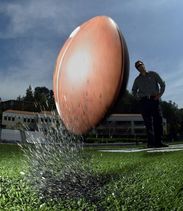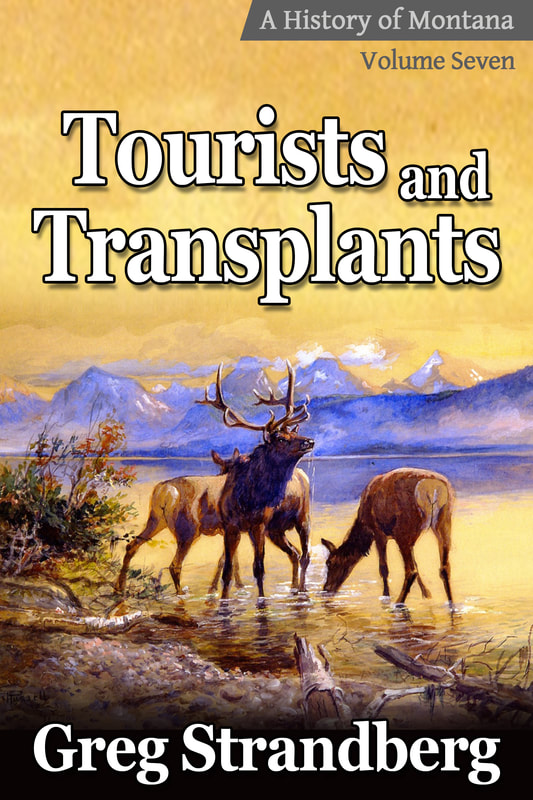
This is called tire turf or tire crumb or sometimes just Astroturf. I’ve chosen to call it tire fields.
It’s a serious problem, though not for schools. For UM, the tire fields save them money on upkeep. They also ensure that players won’t get hurt as much, allowing them to keep playing.
For players, however, the tire fields might be giving them cancer through prolonged exposure.
Studies suggest this. When confronted with these studies, however, University of Montana officials have shaken their heads and denied this is true.
They want to keep their tire fields. Long-term health effects for their players are not seen as important.
That’s a shame, and long-term, it’ll lead to lawsuits, the taking out of those tire fields, and a lot of egg on the face for a university that already has a lot.
These things down the road could be prevented. Alas, University of Montana officials will not hear it.
Let’s dig into the problem.
The Missoulian reported on this in September 2015 in an article called New analysis finds cancerous material in artificial turf used at UM.
It profiled the “40,000 ground-up tires” that are in UM football and softball fields.
We know from that report that the “tire crumb” in the fields “contains 96 chemicals including 12 known carcinogens.”
That information comes to us from a Yale University study and also Connecticut’s Environment and Human Health nonprofit.
That last one has been researching “the harms of artificial turf” since 2006.
At UM, officials are not concerned about these findings. “The country is going the way of artificial turf,” Athletic director Kent Haslam said. In other words, if everyone else is doing it…why shouldn’t we?
Haslam may or may not be aware of the “witch’s brew of toxic substances” that Yale highlighted. “Soccer players who have played on the turf for a number of years are getting cancer,” primarily, “lymphoma and leukemia.”
Both of those cancers “are affected by environmental exposure.” We also know from Yale that “the majority of the players getting the cancers are goalies,” as they spend more time “close to the ground.”
While the University of Montana might not care about this, others around the country do. One is a University of Washington soccer coach named Amy Griffin.
Griffin started keeping a list of people that got cancer after playing on tire fields. She found 126 athletes, which breaks down as 109 soccer players, 10 football players, and 6 field hockey/lacrosse players.
The cancers those people had were as follows:
- Lymphoma: 51 cases
- Leukemia: 19 cases
- Brain Cancer: 10 cases
- Testicular Cancer: 9 cases
- Sarcoma: 9 cases
- Thyroid Cancer: 6 cases
Researchers know that 1,3 butadiene will cause lymphoma and benzene will cause leukemia and both are in those tire fields.
The University of Montana is more concerned with the look of the field than any health consequences to its players.
The tire field “has given us a nice, uniform playing surface where the field is never determining the outcome of the game for us,” assistant athletic director Chuck Maes said.
Sadly, the outcome for many players playing on tire fields is a diagnosis of cancer. Thankfully for UM, most of those cases will be diagnosed after students have left school.
Another reason for the tire fields is that “a frozen field of grass poses dangers to players” and is likened to “falling on a parking lot, or hitting a head on cement.”
So the University of Montana is concerned about concussions and broken bones but not cancer.
Remember, if you get a concussion or a broken bone you can’t play next weekend. If your body is slowly developing cancer, it won’t affect the season’s play.
In October 2015 NBC Nightly News did a story called Mom of Goalie Who Died of Cancer Wants Answers on Artificial Turf.
It’s a good report that tells us of a young soccer player named Austen Everett that got non-Hodgkin’s lymphoma while playing for the University of Miami as a soccer goalie.
By 2008 three more goalies had developed illnesses and in 2012 Everett died.
Everett’s mom was convinced it was the tire field but the companies that sold the tire field said otherwise.
“No research has linked crumb or shredded rubber to cancer, and the turf industry says dozens of studies have shown the surface poses no health risk.”
Personally, I take industry studies with a grain of salt. After all, why would they want to release any kind of findings that might hurt their bottom line?
Everett was one of the 126 athletes Amy Griffin kept tabs on. When Griffin contacted Everett’s mom in 2014 the number of soccer goalies that’d died from cancer had risen from 34 to 63.
I’m sure those numbers will continue to rise. Universities across the country do not care about this issue. Actually, they hope it goes away.
Many players hope their cancer will go away.
It won’t, just like those fields won’t go away.
Perhaps your child will find this out firsthand.

